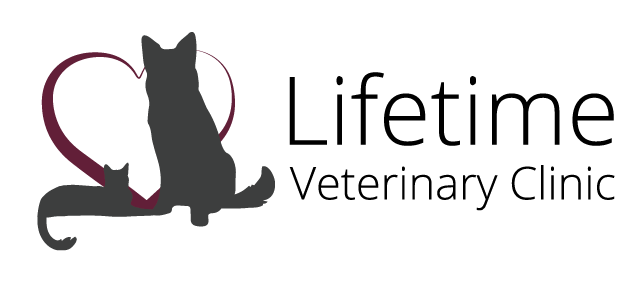Library
-
The trachea, or windpipe, is the tube connecting the throat to the lungs. Tracheal collapse occurs most frequently in middle-aged to senior dogs (4-14 years), but some younger dogs can also be affected. The most common clinical sign is a persistent, dry, harsh cough, sometimes referred to as a "goose honk". Pets who have surgery for the condition often need medications for life. The prognosis will depend on how well your dog responds to treatment.
-
This handout summarizes the various forms of treatment for cats with asthma and includes a list of treatment instructions for home care. Treatment options include corticosteroids, bronchodilators, and inhaler use. Warning signs for cat owners to watch out for are included.
-
A trichobezoar, or hairball, can form when a pet ingests hair that does not pass through the intestinal tract. When this occurs, the hairball may be vomited up uneventfully or it may lead to a gastrointestinal obstruction. If a trichobezoar causes an obstruction, surgical management is necessary.
-
A trichobezoar, or hairball, can form when a dog ingests hair that does not pass through the intestinal tract. When this occurs, the hairball may be vomited up uneventfully or it may lead to a gastrointestinal obstruction. If a trichobezoar causes an obstruction, surgical management is necessary.
-
Damage to the tympanic membrane and middle ear infections can be very painful for cats and cause a variety of clinical signs affecting the skin and nervous system. Diagnosis often requires a thorough ear examination with testing while your cat is under sedation or anesthesia. The treatment methods and prognosis depend on the nature of your cat's condition.
-
Damage to the tympanic membrane and middle ear infections can be very painful for dogs and cause a variety of clinical signs affecting the skin and nervous system. Diagnosis often requires a thorough ear examination with testing while your dog is under sedation or anesthesia. The treatment methods and prognosis depend on the nature of your dog's condition.
-
The anconeal process is a small projection of bone on the ulna, the longer of the two bones of the forearm. If the anconeal process does not fuse to the rest of the ulna correctly during growth, it causes a condition called ununited anconeal process (UAP). This problem appears to be hereditary mostly in large breeds. When this part of the ulna does not fuse, the elbow joint becomes unstable, causing lameness and pain. Treatment requires surgery. Some form of rehabilitation will improve your dog's chances of making a full recovery from surgery and minimize lameness problems.
-
Urate bladder stones are most commonly the result of a genetic abnormality in breeds such as dalmatians. Other causes include liver diseases such as portosystemic shunts. The most common signs that a dog has bladder stones are difficulty urinating and blood in the urine. Strategies for treating urate bladder stones in dogs include medical dissolution and removal. Dogs that have experienced urate bladder stones will often be fed a therapeutic diet for life. Dogs with liver disease will need to be treated appropriately prior to addressing urate bladder stone management.
-
Urinary incontinence (UI) is the loss of voluntary control of urination. The most common clinical sign is pooling or spotting of urine underneath your dog when it is sleeping or relaxed. Urinary incontinence is diagnosed based on clinical signs, medical history, blood tests, and urine tests. Bladder X-rays and ultrasounds are often performed to search for bladder stones or other abnormalities affecting urine storage and outflow. Treatment will be based on your pet's specific diagnosis. Medications that increase urethral sphincter tone such as phenylpropanolamine (PPA), or hormone replacements such as estrogen or diethylstilbestrol (DES), are commonly used alone or in combination. In general, the prognosis is good.
-
While urinary tract disorders are common in cats, urinary tract infections (UTIs) are fairly uncommon. Cats with UTIs tend to have the following signs: frequently passing small amounts of urine, straining to urinate, blood in the urine, crying out or whining while urinating, licking their genitals, and urinating outside the litterbox. Generally, a UTI occurs when bacteria travel up the urethra and into the bladder. If your cat presents to your veterinarian with urinary signs, your veterinarian will first perform a urinalysis. Once the culture and sensitivity results are received, an appropriate antibiotic will be prescribed. Older female cats and cats with certain health conditions may be predisposed.

